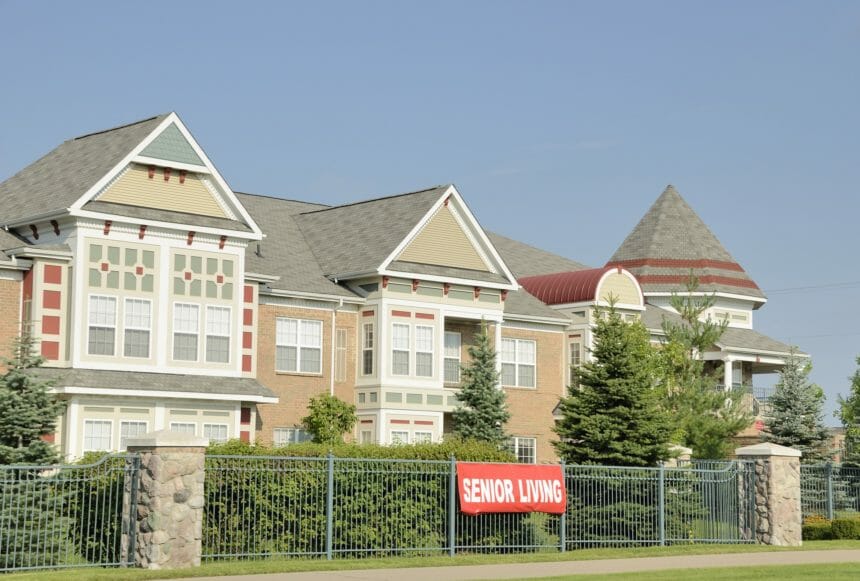
A new report highlights the role the federal government plays in building and preserving affordable rental homes in a time when millions of Americans — including seniors — are facing housing instability during the coronavirus pandemic.
The report, “2020 Picture of Preservation,” from the National Low income Housing Coalition and the Public and Affordable Housing Research Corporation, focuses on the need for additional resources to protect the affordability of these homes, as nearly 300,000 may be lost from the nation’s affordable stock in the next five years.
In 2019, 81,007 federal-assisted properties comprising 4.9 million homes received federal project-based assistance to serve low-income families. These estimates include 39,737 homes assisted by Section 202 direct low-interest loans for older adults.
“The issues raised by this week’s report are long-standing and ever-critical,” Linda Couch, vice president of housing policy for LeadingAge, told McKnight’s Senior Living last week. “In HUD’s inventory alone, there are more than 1.1 million project-based apartments that provide affordable, service-enriched housing to older adults. Preserving these homes has to go hand-in-hand with expanding the supply of affordable housing.”
The need for affordable rental homes still far outweighs the supply. According to the report, fewer than four affordable rental homes are available to every 10 extremely low-income renter households, leaving a national shortage of 7 million affordable rental homes.
This shortage could increase as exit, depreciation and appropriation risk continue to threaten the existing supply of federally assisted rental housing.
“Frequent lapses in funding because of unpredictable appropriations, HUD’s antiquated systems, shutdowns, and no clear national housing preservation strategy all cause us to annually lose more affordable housing than is produced,” Couch said. “Resources and policies just change to reverse this dangerous course.”
Affordable housing subsidy programs “provide a critical foundation for the nation’s families with special needs,” the report stated. At least 1.46 million (30%) of federal-assisted homes are explicitly reserved for elderly or disabled households.
“Adequate funding, policies in support of long-term affordability, informed preservation strategies, and greater capacity for affordable housing preservation and development are necessary to preserve and expand access to federally assisted affordable housing,” the report stated.




